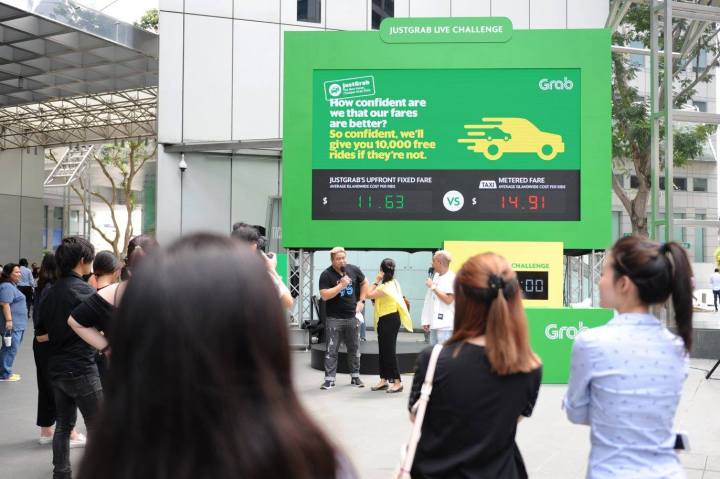
Earlier this year, Grab received a major boost from a fellow Uber competitor Didi Chuxing, which managed to successfully push the California Silicon Valley-based company out of China earlier in 2017. Grab has already raised $2 billion from Didi Chuxing and Japan’s SoftBank Group Corp, with potential for another $500 million from other backers.
Now, Grab is showing what it’s doing with that investment. This week, the company committed to investing $100 million in Myanmar over the course of the next three years, betting big on what could be a burgeoning tech market.
While Myanmar hasn’t been the most historically tech-friendly country, that is beginning to change. And it’s changing quickly. In fact, as TechCrunch notes, the nation now has more registered SIM cards than people, a change that took place over the course of just a few years. And although both Uber and Grab expanded into Myanmar in early 2017, it is becoming apparent that the closer-to-home company is faring better, with 25,000 daily bookings and 6,000 drivers joining the platform since March.
Aside from its car service, Grab also wants to implement its digital payment services in Myanmar, allowing folks to use the in-app GrayPay wallet to purchase goods and services sans cash.
“Our commitment to address transport challenges with locally suited and innovative solutions that create more social and economic opportunity works well for both Grab and our local communities. This is already one of our fastest-growing markets, and we are very excited to deepen our commitment into Myanmar,” Grab CEO Anthony Tan said in a statement.
As it stands, Grab has a presence in 36 cities throughout seven countries in southeast Asia and has seen more than 50 million downloads of its apps and 1.1 million drivers sign up on its platform. While most vehicles available on the Grab platform are licensed taxis and private cars, the company also has motorbike, shuttle bus, and carpooling services available. Grab claims to have 95 percent market share when it comes to third-party taxi-sharing services in its part of the continent, and 71 percent market share of private vehicle hailing.
While a number of American companies have recently attempted to break into the burgeoning Asian market, it is becoming clear that many of these countries are eager to support homegrown talent instead of patronizing foreign ventures. As Dane Anderson, a vice president at research firm Forrester told Reuters, Grab’s latest funding serves as “a real endorsement of the potential and promise” of Southeast Asia’s startup community.
Update: Grab has invested $100 million in Myanmar.


